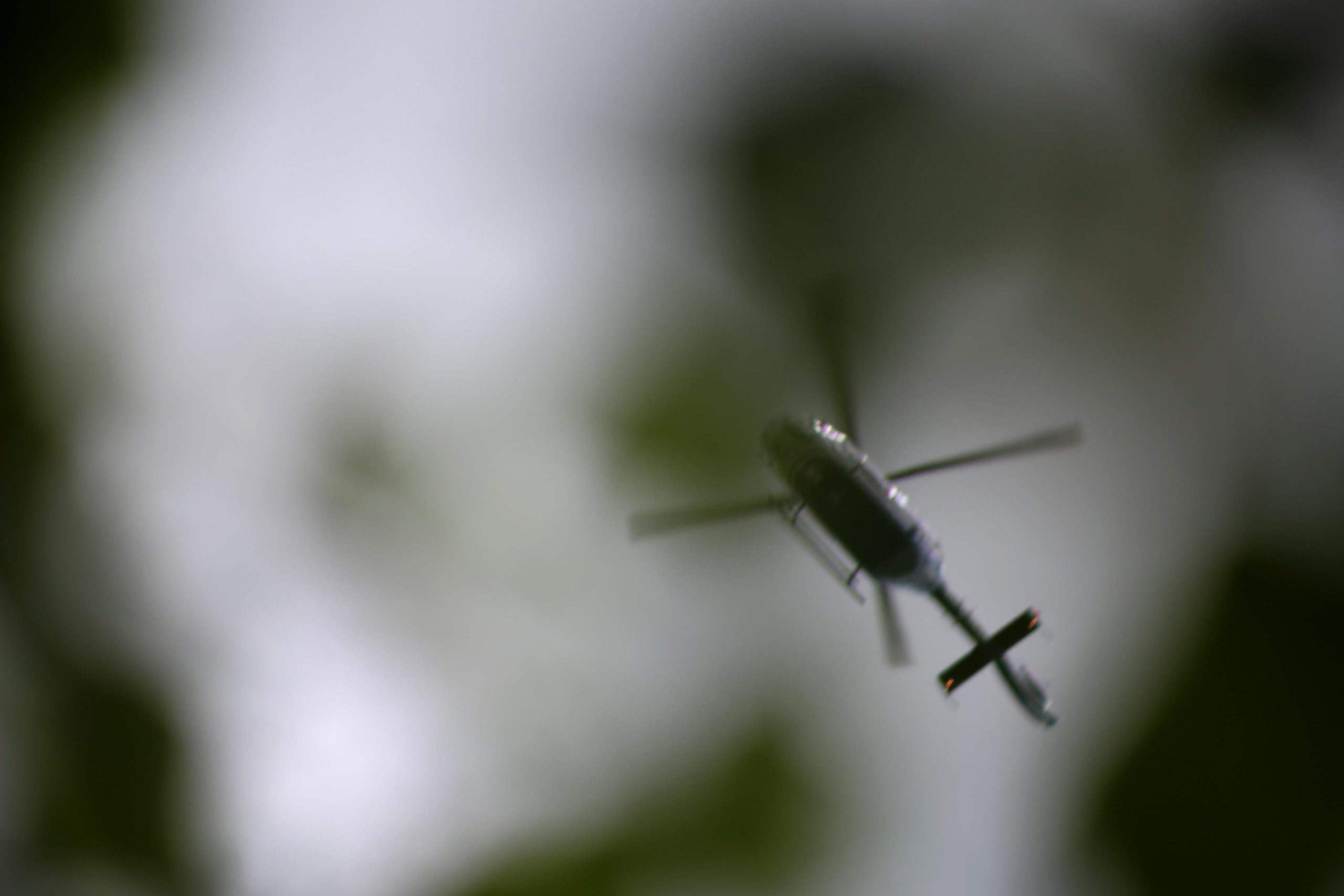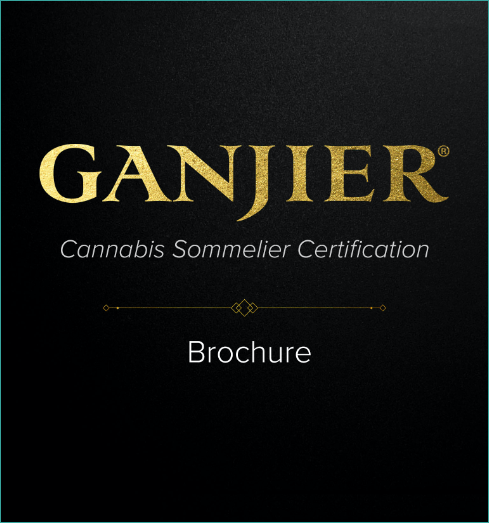
For young people growing up in Provence or Champagne, the question is probably always, “Are you going to make wine/champagne when you grow up?” There is an assumption that people from regions famous for a particular product might have a yen to continue the tradition as well as become a part of it. For young people growing up in the Emerald Triangle region of California (Mendocino, Humboldt and Trinity County), that particular product just happens to be cannabis.
For Ganjier students like Wes, growing up in the Emerald Triangle was just the first step on a path to cannabis awareness and appreciation. Wes grew up in Humboldt County. He is from McKinleyville, which was a “beautiful contrast going from the rolling emerald hills down [Highway] 299 to the coast.”
The Emerald Triangle region has gone through more than one metamorphosis over the years, but the common thread has always been living off the land, self-sufficiency and a desire to exist outside of the “rat race”. Like many or most places in America, this region has a history of brutality against indigenous people. Native Americans are still a large part of the population, adding to the appreciation of the gifts of the land and the importance of stewardship.
In the 1970’s, the Back to the Land movement brought hippies and others from the San Francisco Bay area looking for a simpler way of life. These folks formed communes and intentional communities, many of which are still in existence today. They farmed their own food and shared with their neighbors. They also grew cannabis. Not because they wanted to make a lot of money for it, but because it was an important part of their ecosystem.
Wes remembers this type of community well. “Growing up in Humboldt county was unique to say the least. I moved with my grandparents around 6 or 7 and instantly learned that I had to earn my keep. My grandfather had a medical marijuana permit and used it to its full potential in his “co-op” along with a few close friends. I had my own stool and pruning scissors at the age of 10. Now this isn’t something a lot of kids grow up doing (well except in the Triangle), but even then you were taught that not everyone agrees with our medicine so we don’t speak about it.”
Keeping quiet about the medicine was important in the 1980’s, when Ronald Reagan ramped up the War on Drugs and eradication of cannabis became a priority. This continued under Bush Sr. and the Campaign to Eradicate Marijuana Planting or CAMP, was funded to bring in military style raids in the hills of the Emerald Triangle. Wes remembers, “Fast forward six years, I’m waking up to CAMP coming up the property road pulling everyone out of their homes on the way up. My brother and I ran and hid in the woods for two days till we reached a friend’s house. Growing up scared to do what you know is right is one hell of a feeling.”
This did not scare people out of their existence, they just got smarter about it. And with this clandestine culture came some of the best cannabis genetics and breeding in the world. After California passed Prop. 215 in 1996, a green rush descended on the triangle. The lax rules about cultivation at the local level paired with a complete absence of regulation on the state level, saw a large increase in the size of the cannabis grows in these regions.
As Wes recalls, “Cannabis had the biggest role in the community, the money that was made from what these farmers didn’t consume was trickled down into every surrounding city and town. They would support schools, help build roads and feed homeless at the nearby shelters. You can almost say every business was having some kind of cannabis cash spent in it at one point I swear.” It also saw a shift from small family farms to larger operations, many times on public lands and run by international cartels. The ambiguity at the state level around the medical cannabis market left the Emerald Triangle vulnerable to those looking to capitalize on its superb climate and historic genetics.
In 2016, California passed Prop. 64, which legalized cannabis use for adults in the state. It was also the first time any type of state level cannabis regulations were developed. For the Emerald Triangle, this was like trying to put the toothpaste back in the tube. While larger, cartel driven grows were fairly easy to spot and eradicate, much messier was the fact that thousands of small cannabis farmers were now trying to retroactively license their prior illicit activity, and this rural region struggled under the weight of not enough staff or infrastructure.
For Emerald Triangle residents like Wes, the path has led to a surprising place. “I never would have thought then that I would now be growing acres of legally cultivated cannabis. But even now, it’s hard to tell people what I do for a living somehow after everything this community has been through people still tend to look down on it.”
Four years after legalization, the region is still struggling to bring the legacy farmers into the regulated system, and the legal marketplace still does not recognize the magic of sungrown flower from the Emerald Triangle. And the images of illicit prohibition crops on public land have soured the idea of a cannabis industry in the eyes of some residents. However, there are some promising programs on the horizon including the cannabis appellations program, and the Ganjier program. The Ganjier program is dedicated to supporting and telling the stories of these legacy cultivators and educating the public on the benefits that come from Emerald Triangle sungrown cannabis.
For Wes, ties to the Emerald Triangle will support his journey to educate others about the plant. “The only reason I think that it [being from the Emerald Triangle] might make someone a better Ganjier is having the knowledge from growing up around the cannabis plant and community itself. You tend to have a huge appreciation for the plant when you grow up thriving alongside it. I think by bringing the knowledge of a Ganjier and the spirit of the triangle to the consumer, they will have a much greater respect and perhaps more of a spiritual healing from cannabis.


